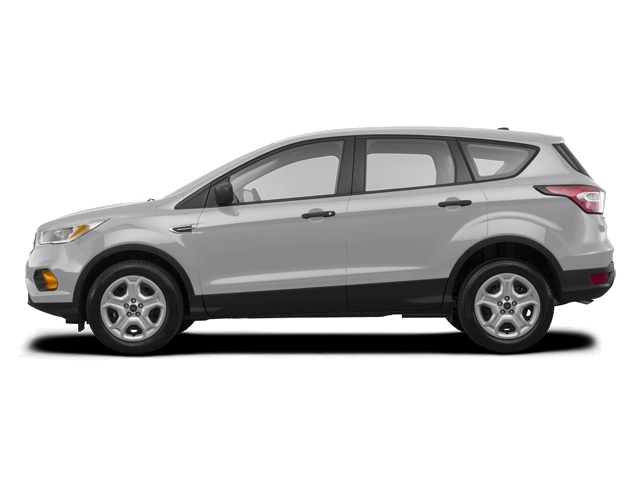2011 Ford Escape Owner's Manual

Table of Contents
2011 Ford Escape Overview
Introduction
The 2011 Ford Escape is a compact SUV that stands out with its combination of versatility, comfort, and reliability. This model offers an appealing car-like ride while still providing the practicality of an SUV, making it a popular choice for families and adventure seekers alike. With its sturdy construction and modern design, the Escape is perfect for city commutes, weekend getaways, and everything in between.
Powertrains
The 2011 Escape is available with two dynamic powertrains to suit the needs of different drivers. The base model is equipped with a 2.5-liter four-cylinder engine, generating 171 horsepower and providing an efficient fuel economy. For those seeking more power, a 3.0-liter V6 engine is offered, delivering 240 horsepower for enhanced performance both on and off the road. Both engines can be paired with a manual or automatic transmission, along with an option for all-wheel drive, contributing to a confident driving experience in various conditions.
Trims
The 2011 Ford Escape comes in three well-equipped trims: XLS, XLT, and Limited. The XLS serves as the base model, outfitted with essential features such as full power accessories and keyless entry. Stepping up to the XLT adds conveniences like upgraded audio, satellite radio, and alloy wheels. The top-tier Limited trim includes luxury finishes, leather upholstery, a touchscreen interface, and navigation options, offering a perfect blend of comfort and technology.
Features
Standard and optional features within the 2011 Escape enhance its appeal significantly. Available features include a premium sound system, Bluetooth connectivity, heated front seats, and a rearview camera. Safety features are also impressive, with options for stability control, multiple airbags, and an advanced anti-lock braking system, ensuring peace of mind for every journey.
Owner's Manual
The owner's manual for the 2011 Ford Escape serves as an essential guide for all vehicle owners. It provides insights into vehicle operation, maintenance tips, safety precautions, and troubleshooting advice. Owners can refer to this comprehensive resource to ensure their Escape remains in peak condition, prolonging its life and performance.
User manual download
The Ford Escape owner manual for the 2011 model year is to be found in PDF downloadable format on this page. The owner manual for the model year 2011 is free and in English, but the repair manuals are usually not easy to get and may cost more.
Manual Questions
Fill the form below and someone will help you!

